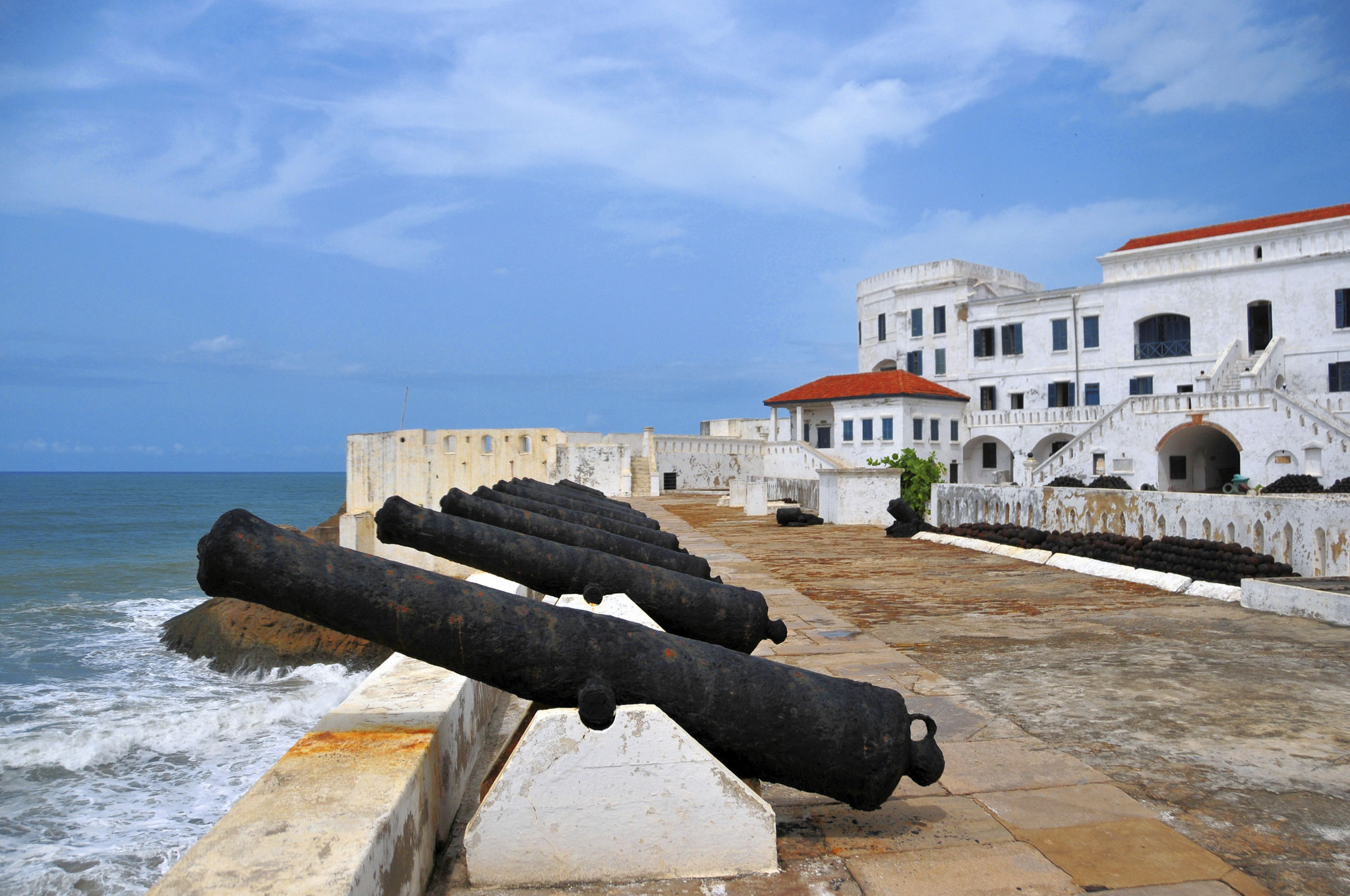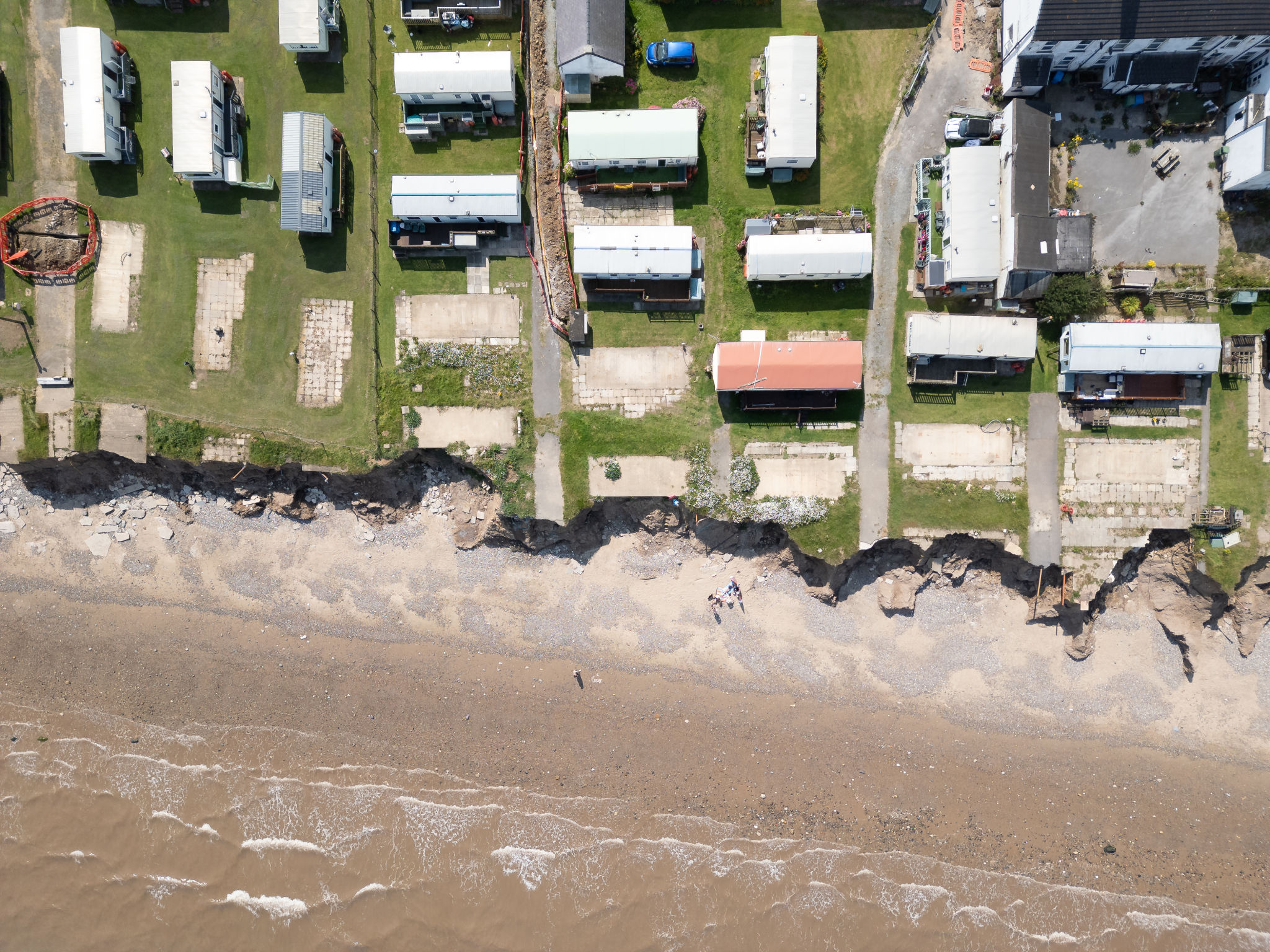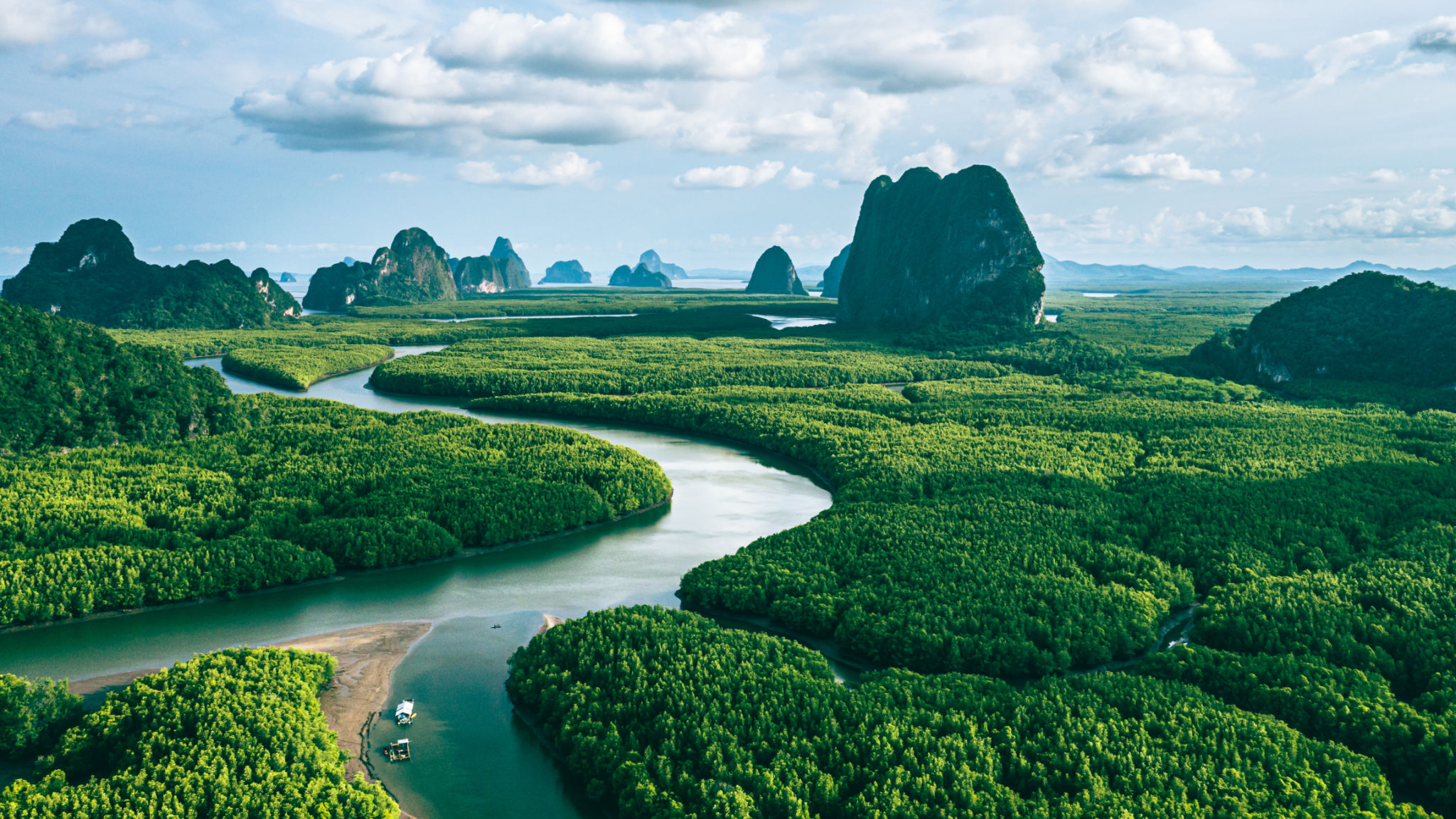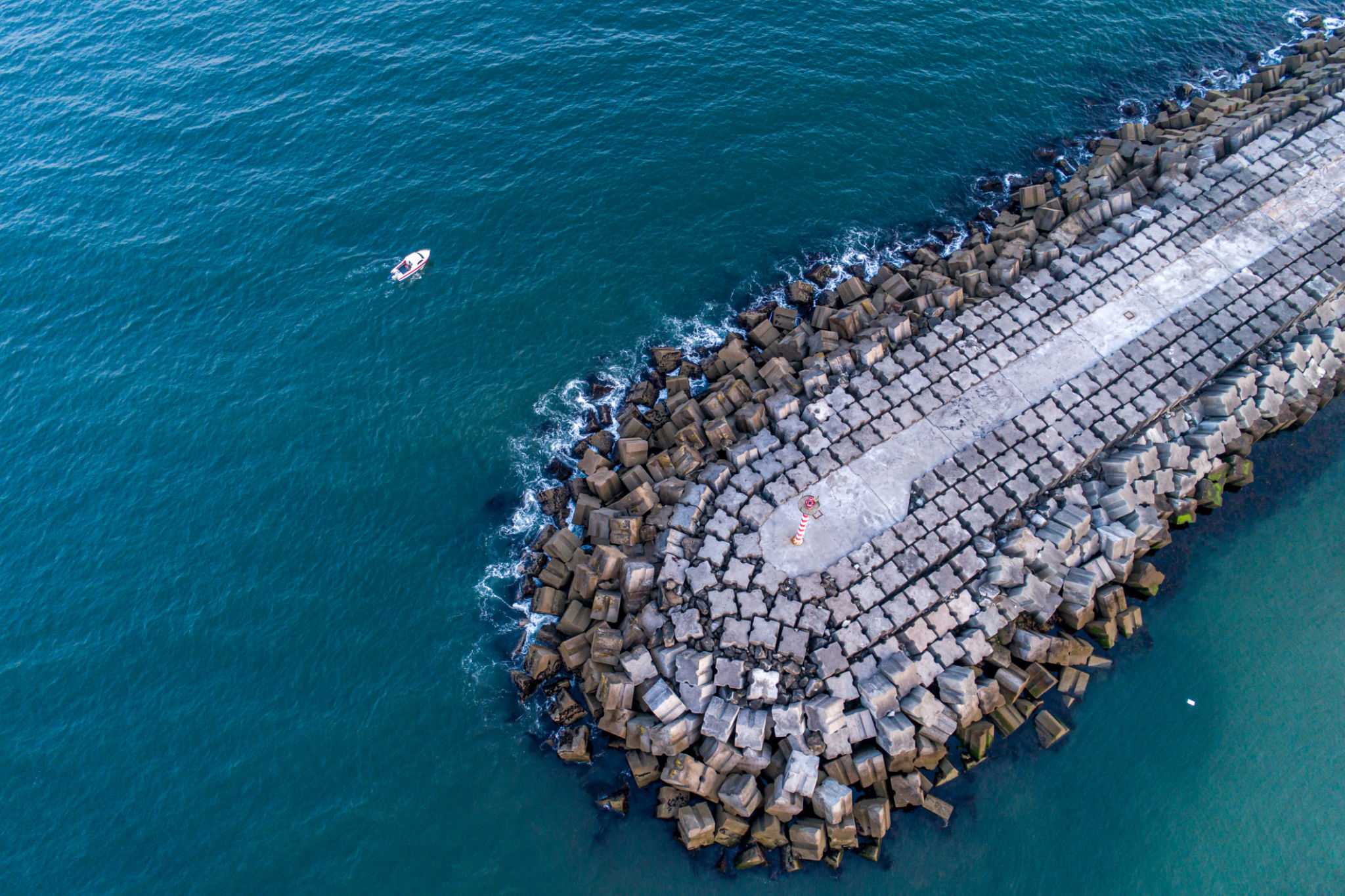The Impact of Climate Change on Ghana’s Coastlines
Understanding Ghana’s Vulnerable Coastline
Ghana, with its 550-kilometer coastline along the Atlantic Ocean, is home to vibrant communities and rich biodiversity. This coastal region is crucial for the country's economy, cultural heritage, and food security. However, the impacts of climate change are increasingly threatening these vital coastal areas.
Over the years, rising sea levels, increased erosion, and extreme weather events have posed significant challenges. These changes have not only affected the natural environment but also the livelihoods of the communities that depend on coastal resources for their survival.

Rising Sea Levels and Coastal Erosion
One of the most significant impacts of climate change on Ghana's coastlines is rising sea levels. As global temperatures increase, polar ice melts, causing ocean levels to rise. This phenomenon has accelerated coastal erosion in Ghana, leading to loss of land and displacement of communities.
Coastal erosion has been particularly severe in areas like Keta and Ada Foah. In these regions, entire villages have been submerged, forcing residents to relocate. This displacement creates a ripple effect on local economies, as fishing and tourism industries struggle to adapt to the changing landscape.

Threats to Biodiversity
The rich biodiversity along Ghana's coastlines is also at risk due to climate change. Mangrove forests, which provide critical habitat for numerous species and protect against storm surges, are being degraded by rising seas and human activities. The decline of these ecosystems results in the loss of biodiversity and reduced protection for coastal communities.
Additionally, marine life is affected by changing ocean temperatures and acidification, which can alter fish populations and disrupt local fisheries. This not only threatens food security but also impacts the traditional livelihoods of fishing communities along the coast.

Impact on Local Communities
Local communities along Ghana’s coast are among the most vulnerable to climate change impacts. Many rely heavily on fishing, agriculture, and tourism, all of which are directly impacted by environmental changes. Rising sea levels and increased flooding can lead to loss of homes and infrastructure, putting immense pressure on these communities.
The socio-economic effects are profound. Displacement due to coastal erosion leads to overcrowded urban areas and increased competition for resources. Moreover, health challenges arise as stagnant water from floods can lead to outbreaks of waterborne diseases.
Mitigation and Adaptation Strategies
Despite these challenges, efforts are underway to mitigate the impact of climate change on Ghana's coastlines. Building resilient infrastructure, restoring mangroves, and implementing sustainable fishing practices are key strategies being employed to protect both the environment and local livelihoods.
The government, alongside international organizations, is working to develop comprehensive coastal management plans. These plans focus on community involvement and sustainable development to ensure long-term resilience against climate challenges.

The Role of Education and Awareness
Raising awareness about the impacts of climate change is crucial in driving action. Educational programs aimed at teaching communities about sustainable practices can empower individuals to contribute to conservation efforts.
By fostering a culture of environmental stewardship, Ghana can better equip its citizens to adapt to changing conditions and preserve its precious coastline for future generations.